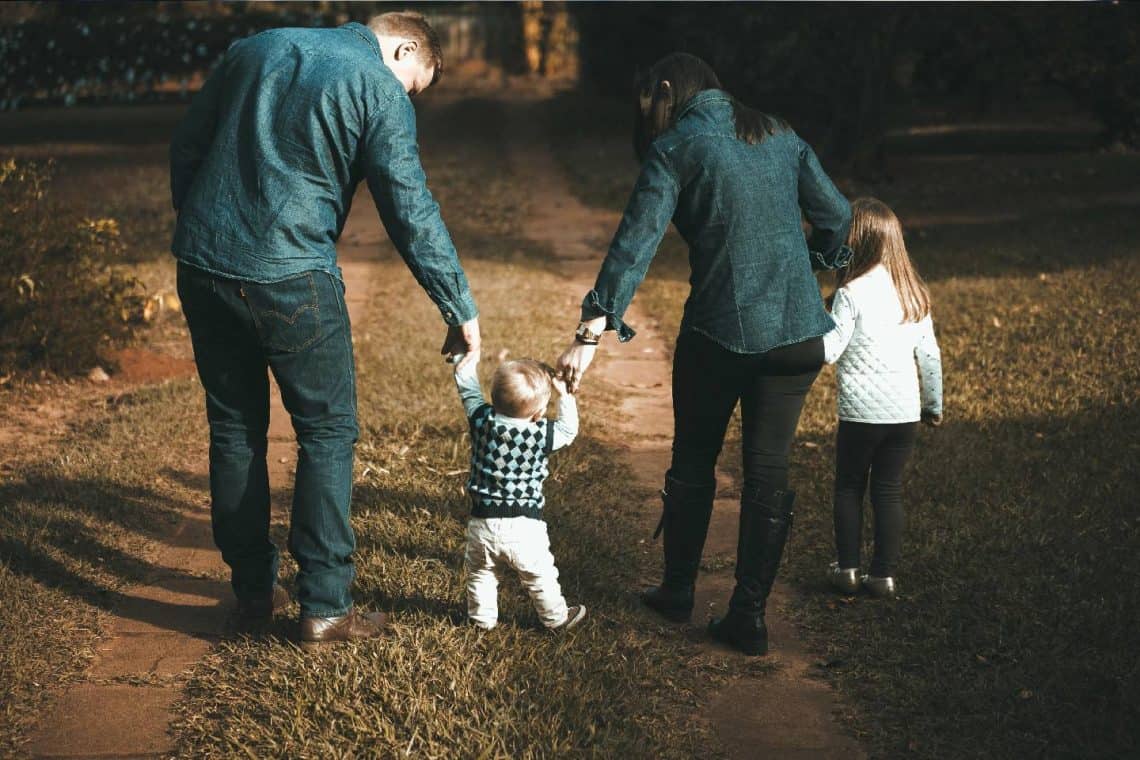In a world where career ladders climb higher and economic pressures mount, South African families are rethinking the baby boom. According to Statistics South Africa’s latest Mid-Year Population Estimates for 2025, the nation’s total fertility rate (TFR) has dipped to 2.21 children per woman, signaling a shift from expansive households to more intentional family planning. With the population reaching 63.1 million this year, an ageing demographic adds another layer of complexity. But amid these trends, new parents are turning towards sustainability—opting for non-toxic toys and organic meal plans to nurture their eco-babies. This guide dives into the data and delivers practical prep for Stellenbosch’s green-thumbed guardians.
The Decline in Fertility: SA’s Shrinking Family Sizes
South Africa’s fertility landscape is evolving rapidly. The 2025 TFR of 2.21 marks a continued downward trajectory from previous years, influenced by factors like delayed marriages, rising education levels among women, and urban economic demands. This rate, slightly above the global replacement level, suggests fewer births per generation while still sustaining modest growth. Stats SA’s “Inside the Numbers: SA Population Trends for 2025” confirms this decline from around 2.78 in 2008 to 2.21 in 2025.
Stats SA projects the mid-year population at 63.1 million, with females comprising 51.1%—a slight edge that underscores women’s pivotal role in this demographic pivot. News sources also report that Gauteng and the Western Cape (where Stellenbosch lies) are among the fastest shrinking in fertility terms, as young professionals lean into urban living over early parenthood.
An Ageing Nation: Preparing for Silver Surfers
As birth rates fade, South Africa’s population is greying at the edges. The proportion of residents aged 60 and older now exceeds 10%, or over 6.6 million people, up from around 9.8% in earlier years. Stats SA’s report notes these shifts as among the fastest growth segments. Improved healthcare and declines in mortality drive life expectancy to about 64.0 years for males and 69.6 years for females in 2025. Xinhua / news reports echo these projections.
By 2050, projections suggest a population nearing 79 million—but with a heavier elderly tilt, creating pressure on pensions, healthcare systems, and intergenerational support. For families in Stellenbosch’s wine-country nurseries, this may mean grandparents playing a larger role in childcare, weaving multi-generational bonds while parents juggle work and life. The silver lining? A cultural renaissance in elder wisdom, combined with modern eco-parenting ideals.
Shifting to Family Focus: Eco-Conscious Parenting in 2025
With fewer children per household, South African parents are doubling down on sustainable living, from zero-waste diapers to heirloom toys. In eco-aware locales like Stellenbosch—where organic vineyards set the tone—nurseries are adopting green curricula and sustainably sourced materials. As fertility fades, the family focus intensifies: more energy per child, more intentional choices, and more investment in health, planet, and legacy.
Non-Toxic Toy Guide: Safe Play for Little Ones
Steering clear of endocrine disruptors like BPA and phthalates is non-negotiable for eco-babies. Opt for toys crafted from natural materials that spark imagination without the chemical baggage. Here’s a curated guide to non-toxic essentials:
- Wooden Wonders: Heirloom blocks and stackers made from sustainably sourced FSC-certified wood. Brands such as PlanToys and Hape offer durable, zero-VOC options that can last generations.
- Natural Rubber Teethers: Items in the mold of “Sophie the Giraffe” made from 100% food-grade Hevea latex—soft, grippy, and biodegradable.
- Organic Fabric Friends: Stuffed pals made from GOTS-certified cotton, filled with wool or kapok. Many Etsy artisans and eco-brands like Under the Nile specialize in plush without polyester pitfalls.
- Bamboo Basics: Rattles and teethers from bamboo, naturally antibacterial and lightweight. Avoid painted versions unless coatings are water-based and certified lead-free.
Pro Tip: Check for third-party certifications such as ASTM F963 or EN71 to ensure safety standards. In Stellenbosch’s boutique shops, look out for local makers building low-impact playthings that resonate with the Winelands’ ethos.
Organic Meal Plans for Stellenbosch Nurseries: Nourishing Tiny Tums
Stellenbosch’s fertile soils make it a hotspot for farm-to-fork baby nutrition. Nurseries here are increasingly moving away from processed purees toward nutrient-dense, organic meal plans introducing varied flavors early. Below is a sample 6- to 9-month blueprint inspired by local producers:
- Breakfast Boost: Oatmeal porridge blended with mashed avocado and breast milk—for a dose of healthy fats. Source avocados from Devon Valley farms or local co-ops.
- Mid-Morning Munch: Pureed sweet potato and carrot, steamed and blended smooth. A pinch of cinnamon can support gut health if cleared by pediatric advice.
- Lunchtime Layers: Quinoa with soft-cooked lentils and spinach—rich in iron and proteins. Locally, Rooted Natural offers additive-free frozen portions for busy parents.
- Afternoon Nibble: Yogurt parfait with mashed banana and chia seeds—an easy probiotic boost using raw or farm dairy when available.
- Dinner Delight: Butternut and apple mash fortified with a free-range egg yolk for omega-3s and rich nutrients. Local producers like Rooted Natural supply complementary blends.
For seamless integration, consider partnering with Stellenbosch nurseries or organic delivery services supporting custom meals. Emphasize seasonal swaps, allergy awareness, and pediatric consultation to ensure every spoonful supports development.
As South Africa’s families slim down and silver up, the pivot to eco-baby prep isn’t just a trend—it’s part of a transformative shift. Embracing Stats SA’s 2025 insights can help Stellenbosch parents craft roots-deep, resilient futures. Fewer kids, deeper bonds: may you thrive—not just survive—in the family focus era.
